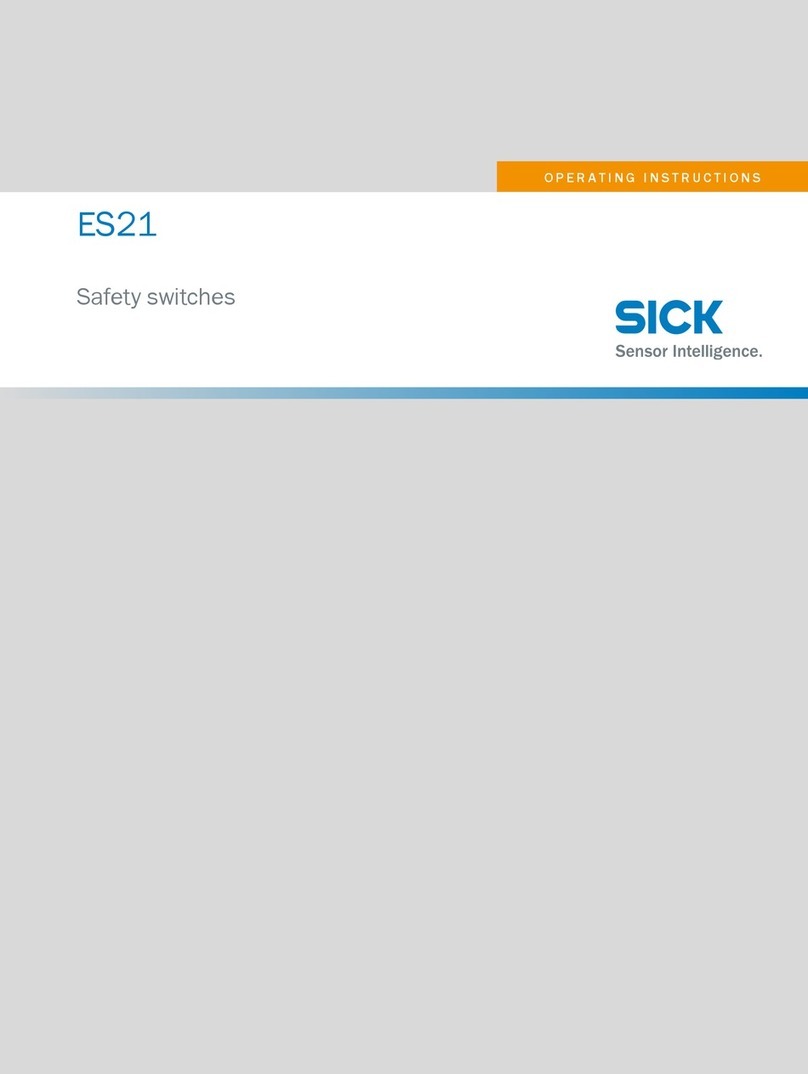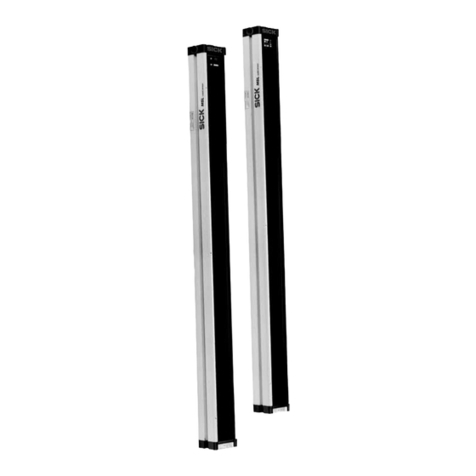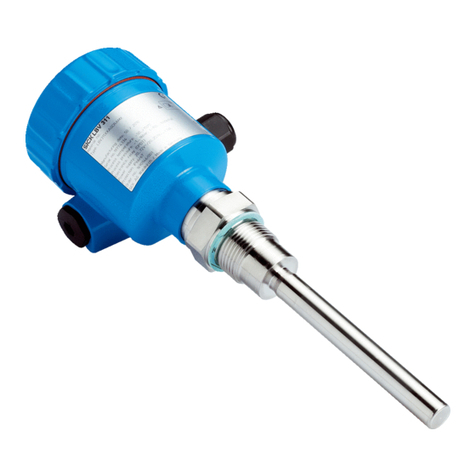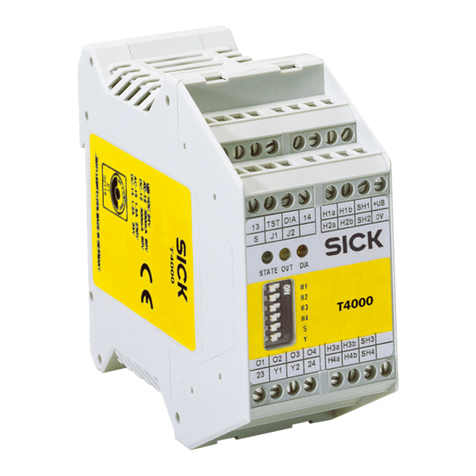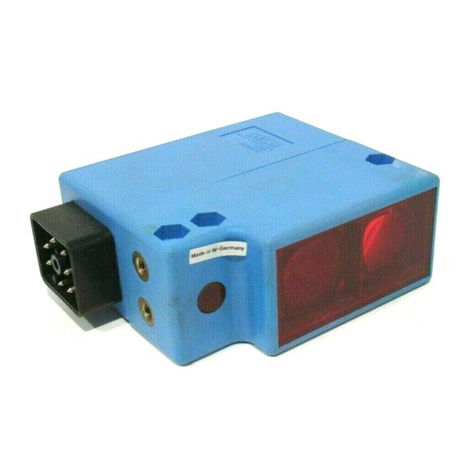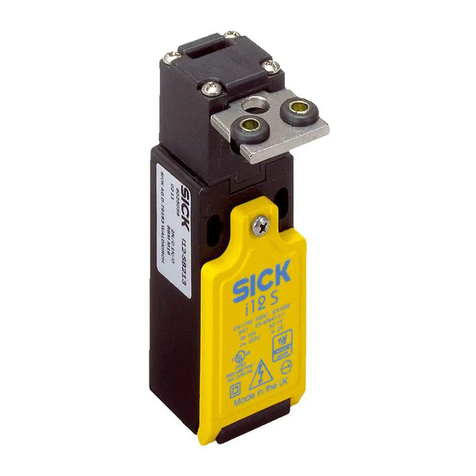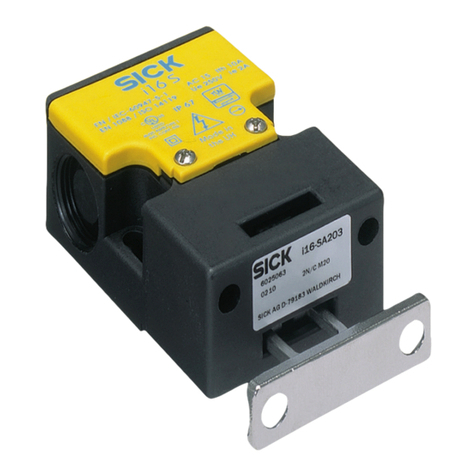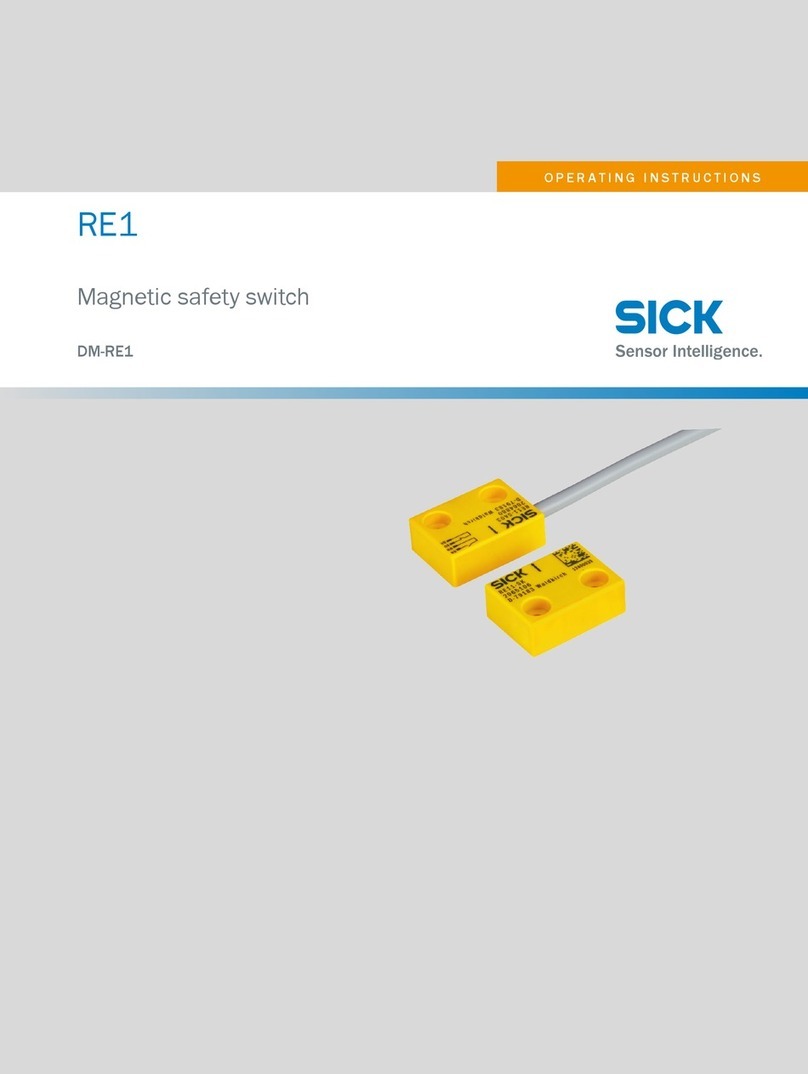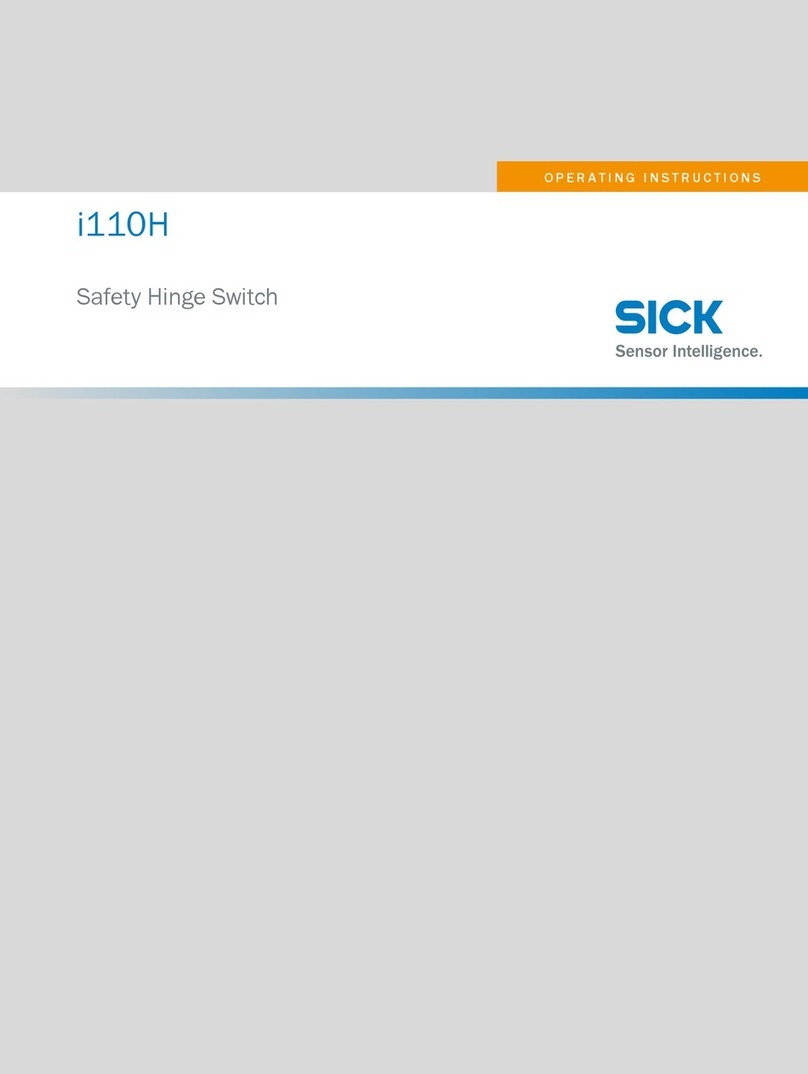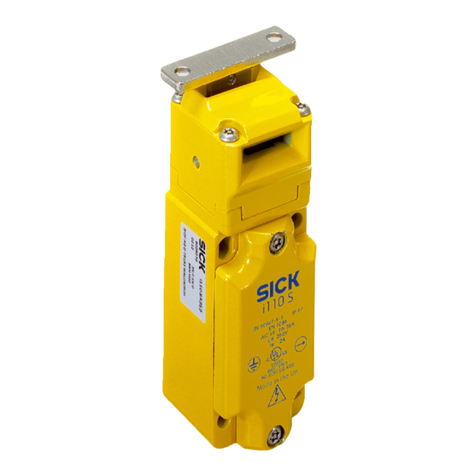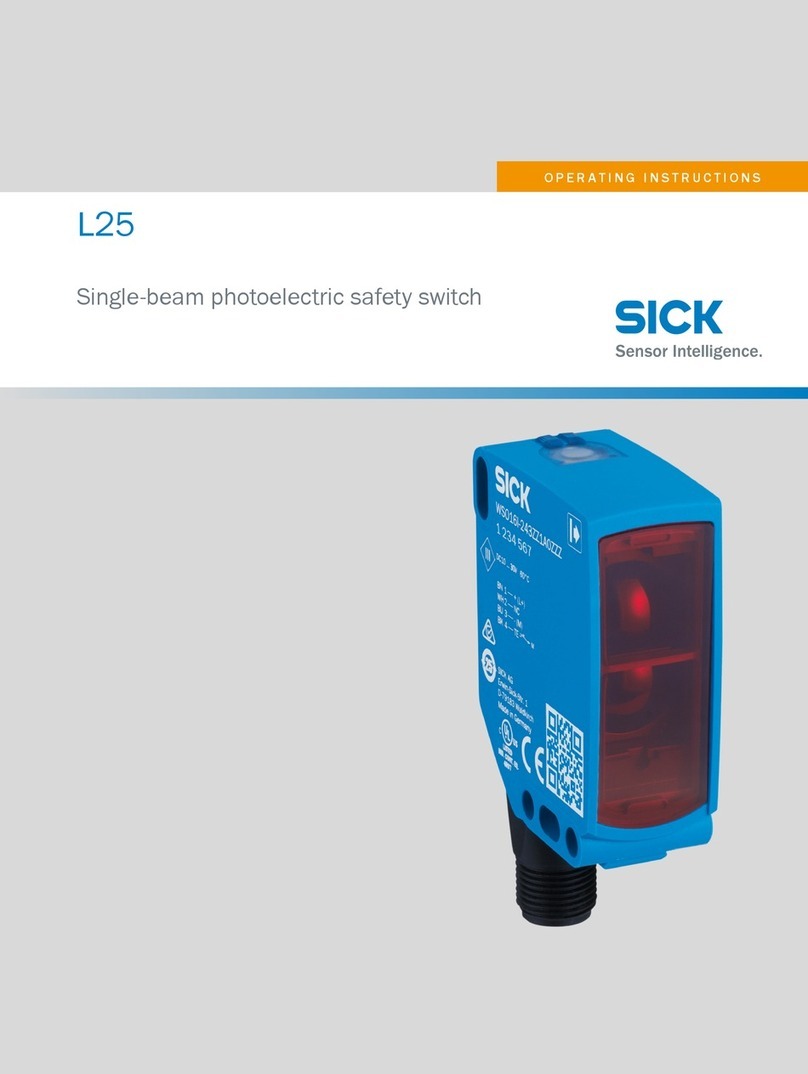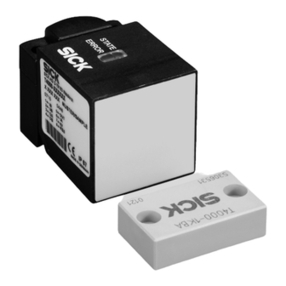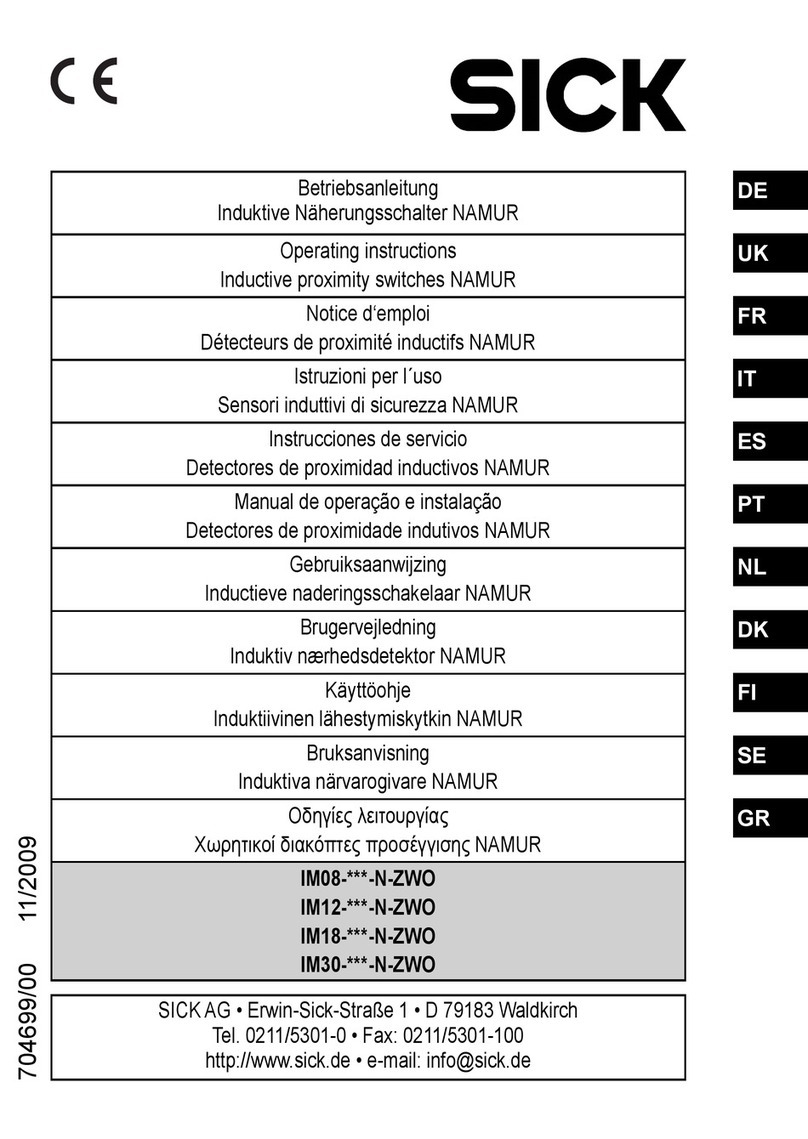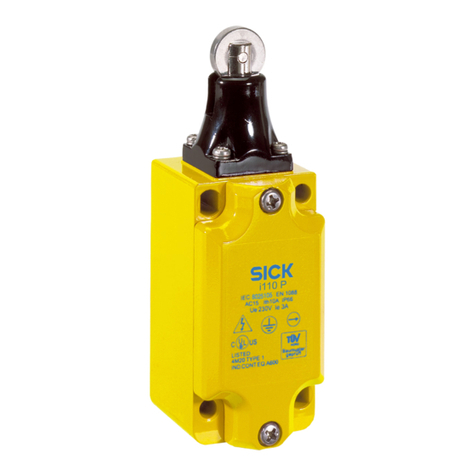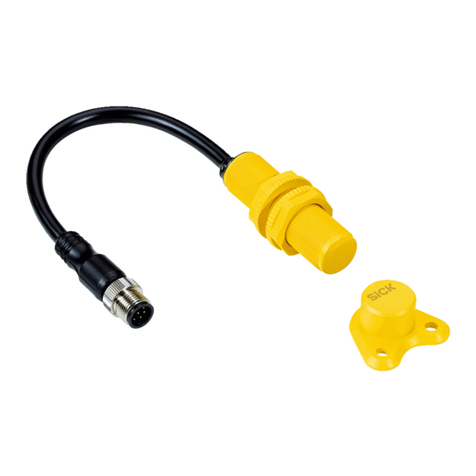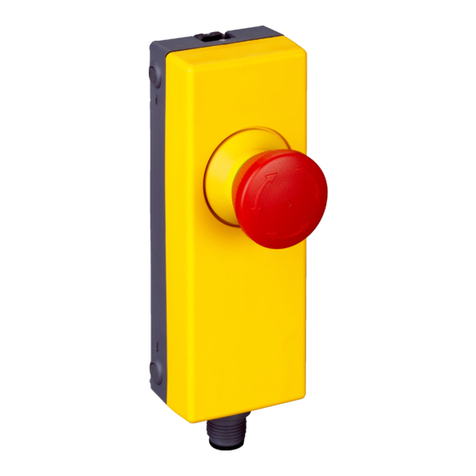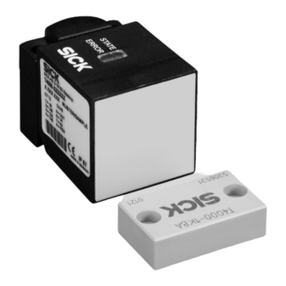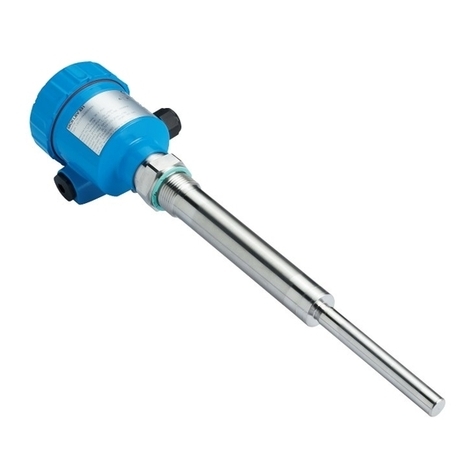
Contents
1 About this document........................................................................ 5
1.1 Purpose of this document........................................................................ 5
1.2 Scope......................................................................................................... 5
1.3 Target groups of these operating instructions........................................ 5
1.4 Additional information.............................................................................. 5
1.5 Symbols and document conventions...................................................... 6
2 Safety information............................................................................ 7
2.1 General safety notes................................................................................ 7
2.2 Intended use............................................................................................. 7
2.3 Improper use............................................................................................. 7
2.4 Requirements for the qualification of personnel.................................... 7
3 Product description........................................................................... 9
3.1 Structure and function............................................................................. 9
3.2 Product characteristics............................................................................ 9
3.2.1 Device overview....................................................................... 9
3.2.2 Alignment aid (BluePilot)......................................................... 9
3.2.3 Test input.................................................................................. 10
3.2.4 Cascading................................................................................. 10
3.2.5 Application diagnostic output................................................. 10
3.2.6 IO-Link...................................................................................... 10
4 Project planning................................................................................ 12
4.1 Manufacturer of the machine.................................................................. 12
4.2 Operating entity of the machine.............................................................. 12
4.3 Design........................................................................................................ 12
4.3.1 Minimum distance from the hazardous point....................... 13
4.3.2 Minimum distance from reflective surfaces.......................... 15
4.3.3 Protection against interference from systems in close prox‐
imity to each other................................................................... 17
4.4 Integration in the electrical control system............................................. 17
4.4.1 Switching outputs.................................................................... 17
4.4.2 Test input.................................................................................. 18
4.4.3 Cascading................................................................................. 19
4.4.4 Application diagnostic output................................................. 19
4.4.5 IO-Link...................................................................................... 20
4.4.6 Connection diagrams.............................................................. 21
4.5 Testing plan............................................................................................... 23
4.5.1 Test rod check.......................................................................... 24
4.5.2 Visual check of the machine and the protective device........ 25
5 Mounting............................................................................................. 26
5.1 Safety......................................................................................................... 26
CONTENTS
8024681/2020-01-24 | SICK O P E R A T I N G I N S T R U C T I O N S | L26 3
Subject to change without notice












